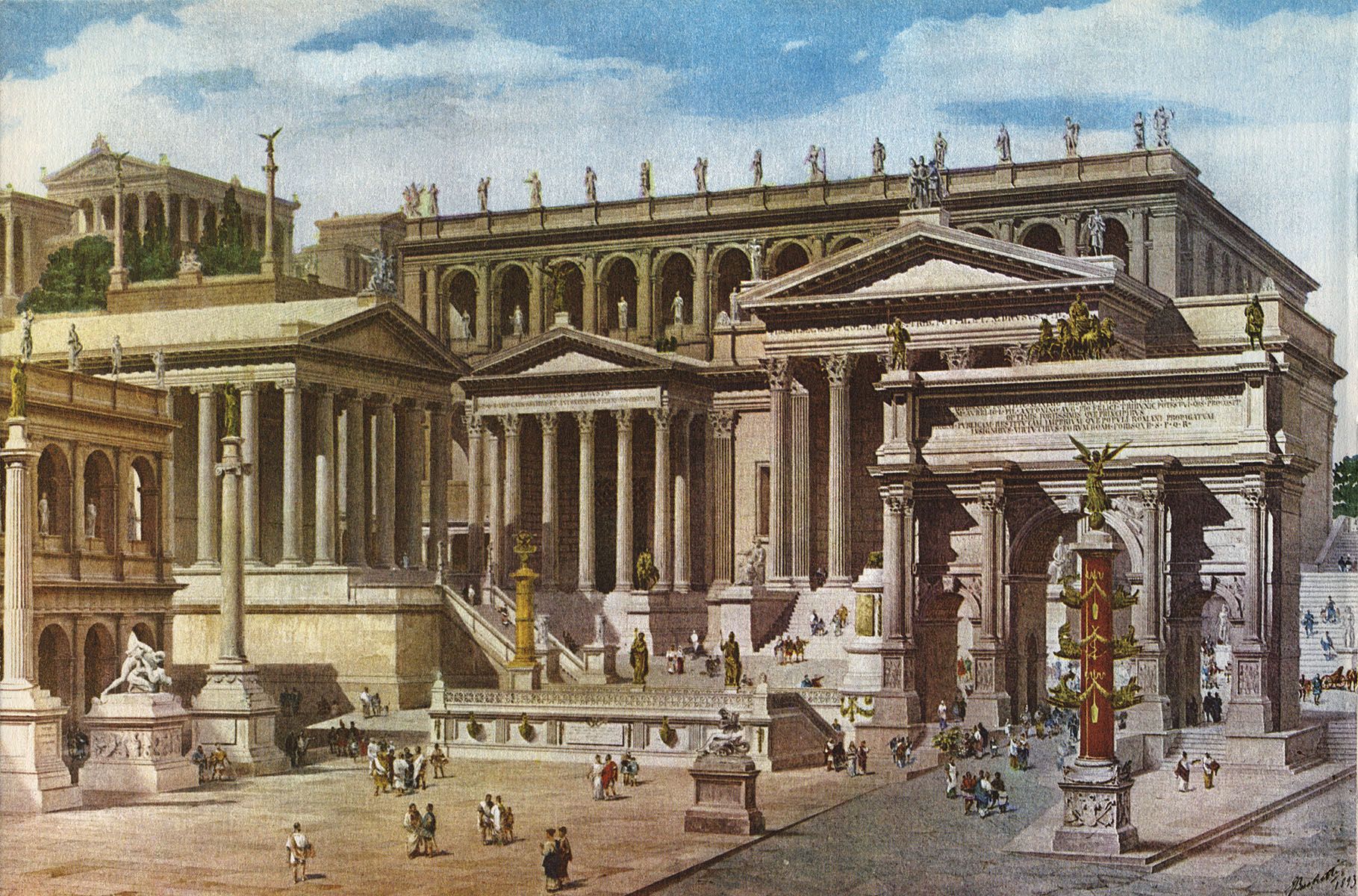By Rosario Buitrago, Business Analyst Intern at Enhanced Retail Solutions LLC
Introduction
In our fast-paced world of consumption, retail plays a crucial role as the bridge between manufacturers and consumers. The history of retail is a fascinating tale of evolution, marked by changing dynamics between retailers and manufacturers.
Ancient Rome
The roots of retail can be traced back to ancient times when marketplaces and bazaars emerged as gathering points for trade. The first retailer to be recorded in history was the Forum of Ancient Rome. Manufacturers, often craftsmen or producers of goods, directly sold their products to consumers in these early retail environments. The relationship between manufacturers and retailers was relatively straightforward, as both roles were often carried out by the same individuals.
The Industrial Revolution
The Industrial Revolution in the 18th and 19th centuries revolutionized the way goods were produced and distributed. With the emergence of mass production, manufacturers faced the challenge of reaching a larger customer base beyond their local markets. This shift led to the introduction of the modern retail model, separating manufacturer from retailer for the first time.
During this period, manufacturers primarily focused on production while entrusting the responsibility of selling their goods to specialized retailers. Retailers, in turn, adopted the role of intermediaries, curating a range of products from various manufacturers to meet consumer demands. This new dynamic established a clear distinction between manufacturers and retailers, with each focusing on their core competencies.
The Rise of Department Stores and Chain Retailers
The late 19th and early 20th centuries marked the rise of department stores, which created a significant shift in the retail landscape. These large-scale retailers, such as Macy’s, both showcased a wide array of products and engaged in direct purchasing from manufacturers. By eliminating middlemen, department stores established direct relationships with manufacturers, allowing them to negotiate terms, prices, and exclusive arrangements. This changed the power dynamic between the two; what once was a relationship of equality had been tipped like a seesaw.
A deciding factor in the dynamic between manufacturer and retailer is the balance of risk. The ownership of inventory determines who will be held accountable and can change the distribution of profits. This shift in risk created a need for manufacturers to become more careful about their business, requiring the analysis of product performance (POS reporting).
Additionally, mass market retailers like Walmart and Kmart began to emerge. These chains expanded rapidly, leveraging their buying power to negotiate with manufacturers for lower costs and standardized products. The relationship between retailers and manufacturers became more complex as retailers gained substantial influence over product design, packaging, and pricing. Some notable figures in the rise of department stores and chain retailers are Harry Selfridge and Sam Walton.
Harry Selfridge
Harry Selfridge established Selfridges & Co, a chain of upscale department stores in the United Kingdom in 1908. He revolutionized the retail space through innovative marketing that put the consumer first. He is believed to have coined the term “the customer is always right.” Selfridge placed merchandise on display so customers could examine it, moved the perfume counter to front and center on his floor, and allowed women to work and interact in his stores. In the 1920s and 1930s, the roof of his store hosted terraced gardens, cafes, a mini golf course and an all-girl gun club; he made shopping a fun activity instead of a chore. This gained incredible popularity because it turned retail shopping into an experience that appealed to the very people who were doing the shopping. The rest of the retail world then followed in his footsteps.
Sam Walton
Sam Walton founded Walmart in 1962 and Sam’s Club in 1983. Walton also pioneered business models in the retail landscape that we still see today. The first Walmart stores were discount stores that were located in small towns instead of big cities. By providing a wide variety of low price, good quality products close to people’s homes, he changed the way consumers shopped in both frequency and volume by making it easy to do. With the number of stores he opened, Walton was able to buy in large volumes and lower prices, which he was able to resell to consumers. Establishing Walmart in small towns then proved to be successful because there were little to no existing competitors and the wide variety of low prices discouraged merchants from entering these markets.
The Digital Revolution
The digital age has transformed the retail industry yet again. E-commerce platforms like Amazon have revolutionized the way consumers shop, providing a convenient and diverse marketplace accessible from anywhere, to anyone. This digital transformation disrupted the traditional retail landscape, blurring the lines between manufacturers and retailers.
With the rise of online marketplaces, manufacturers have gained the ability to reach consumers directly, bypassing traditional retail channels. Retailers, on the other hand, now face the challenge of adapting to the new paradigm, reimagining their roles and embracing technology to enhance the shopping experience.


Comments are closed